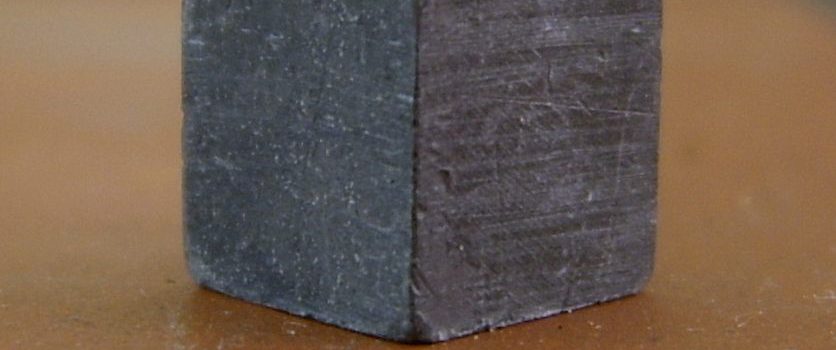Lead is a substance that requires little introduction. For chemists, it’s a dangerous substance that must be handled with proper protection and great caution. For many American consumers, it’s something we fear in our everyday products, from children’s toys to cosmetics. For Roman engineers, it was an invaluable material for building and maintaining the pipework of their massive cities.
Lead has a long history of use, stretching back as far as 3000 BC, where it was first mined in Greece and Spain. With a long history of use, there logically follows a long history of poisoning, and disturbingly, while today we focus on ensuring we don’t even breath the stuff, in ancient times it was the desired additive. It’s well known that the Romans famously used lead in their pipes, but they also claimed it had a “sweet taste” and intentionally added it to their wines. The United States also had a history with lead, with products such as Ethyl oil-additives, and the infamous lead-based paints of the early 20th century being just a few having caused many Americans to suffer unnecessarily throughout the 20th century.
The heavy metal doesn’t just harm humans. There is evidence that plants growing near lead-smelting areas become coated thinly with lead particles, slowly strangling and starving the plant for both air and light. Animals don’t fare much better. Some avian species, such as the American Bald Eagle, suffer from swallowing lead-poisoned species which survive lead-pellet bullets. In some cases, the poisoning in animals is so bad that tests are literally off the charts, or so heavily leaded that they cannot be tested by traditional means.
How can you protect yourself, your family and your environment from this metal menace? Fortunately, there are quite a few things you can do, beginning with: do not do as the Romans do and add the stuff to your booze! Other suggestions include:
- Be aware of your containers. Today, many containers with lead have been phased out of the American market, but that does not mean all containers are lead-free. Old pots may still contain lead, but most leaded containers come from Mexico and Mesoamerica, where the metal can exist in everything from glass to candy-wrappers. Make sure to double check your food containers’ materials for lead, as there could be far worse things in your cookie jar than a sneaky hand.
- You are hereby told to avoid the old. When it comes to avoiding harm for your children, make sure they spend as little time as possible in homes built before 1978. While not all homes used lead paint prior to that year, if you don’t know what’s in the paint, it’s best not to leave it to chance. Pregnant women should also avoid older homes, as unborn children may also be susceptible to old paint chemicals inhaled by their mother during pregnancy.
- Contact us! When it comes to something as dangerous as lead, you never want to leave things to chance. That’s why experts, or “super-experts” (a technical, Baer-specific term) like us exist! If you have any questions about lead in your property or otherwise, give us a call and let us figure out what measures you should take to keep your company, business, and self-safe, or let us refer you to a residential specialist to keep your home and family lead-free.


